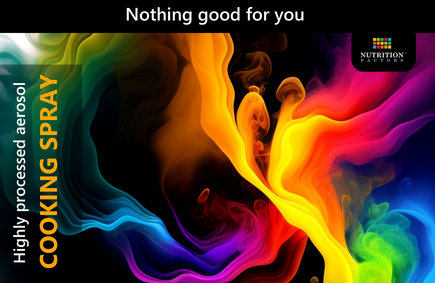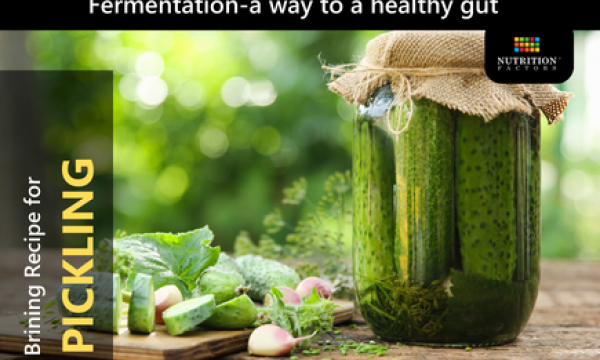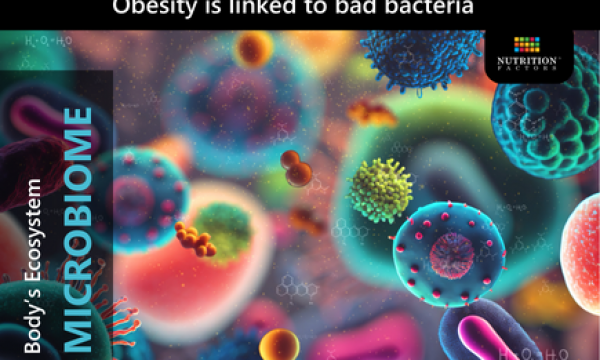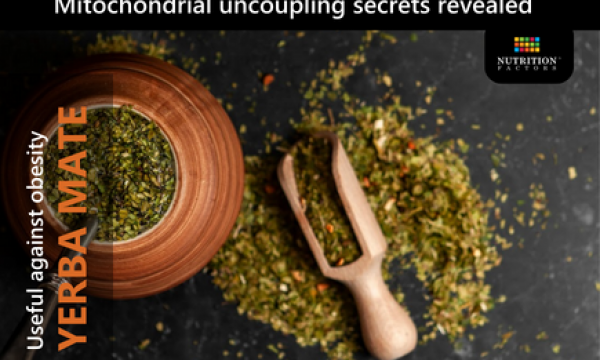Have you ever wondered what goes into those convenient cooking sprays that are easy and convenient to use? Many popular brands boast canola, olive, coconut, or various oils as the main ingredients in their sprays. However, spays get more complex, with some brands introducing a mix of oils and natural or artificial flavorings, with “butter-flavored” sprays being a prime example. The contents in the spray pose a potential problem as many of these oils may be highly refined and artificial ingredients.
Common additives include:
- Emulsifiers like soy lecithin
- Antifoaming agents like dimethyl silicone
- Propellants such as butane or propane
- Artificial ingredients or flavors
These elements work in tandem to prevent foaming or spattering during cooking and disperse the oil efficiently.
But are these cooking sprays safe? According to the Food and Drug Administration (FDA), cooking sprays are considered safe for consumption. In addition, they claim soy lecithin and dimethyl silicone are generally recognized as safe food additives. Although propellants in aerosol cooking sprays have low toxicity levels, caution is advised due to their flammability. While the World Health Organization found no adverse health effects, concerns linger.
Let’s take a look at some of the ingredients.
Vegetable and Seed Oils: Canola, vegetable, soybean, corn, sunflower, and safflower using genetically modified organisms (GMOs) in cooking sprays has sparked consumer apprehension about their safety.
Dimethyl silicone, also known as dimethicone or polydimethylsiloxane, is a type of silicone oil. It is a synthetic compound that belongs to the class of silicones, which are polymers made up of silicon, oxygen, carbon, and hydrogen. It is used as an antifoaming agent in cooking sprays. When cooking oils are sprayed, especially at high temperatures, they can produce foam. The addition of dimethyl silicone helps prevent excessive foaming during cooking, making the application of the cooking spray more consistent and efficient.
Diacetyl, a butter flavoring, has raised alarms for its potential link to lung disease, emphasizing the importance of scrutinizing ingredients.
Propellants, including isobutane and propane, cannot be overlooked and must be considered for safety. While considered generally safe by the FDA, introducing such chemicals into family diets remains a concern.
Spray Time
Let’s delve into some intriguing findings from surveys and laboratory assessments that found cooking sprays reported a Reference Amount Customarily Consumed (RACC) per serving of 0.25 seconds spray time, with many nutrition fact labels consistent with the use time of .25 seconds. If you think about that, it is one quick burst under one second. Is it even possible to spray a .25-second burst? However, studies found that spray time was closer to 1.9 seconds. A whopping increase of 7.6 times what is listed on the label. Therefore, is the cooking spray still considered “calorie-free” and safe under these conditions? Another question would be to assess how much more exposure to the additives and propellents we expose ourselves to. These are great questions that, before using, you need to take into consideration.
As we uncover the secrets behind cooking sprays, we must make informed choices about the products we use in our kitchens. Are you okay with adding extra compounds to your food? Understanding the ingredients and their potential implications empowers consumers to prioritize health and safety in their culinary endeavors. The ultimate choice to use any product is always yours. We have given a few points for you to consider as we take this health journey together.
References:
https://www.today.com/food/lawsuit-alleges-cans-pam-cooking-spray-are-exploding-here-s-t153807
https://www.sciencedirect.com/science/article/pii/S1499404623001926
https://pubmed.ncbi.nlm.nih.gov/24001847/




